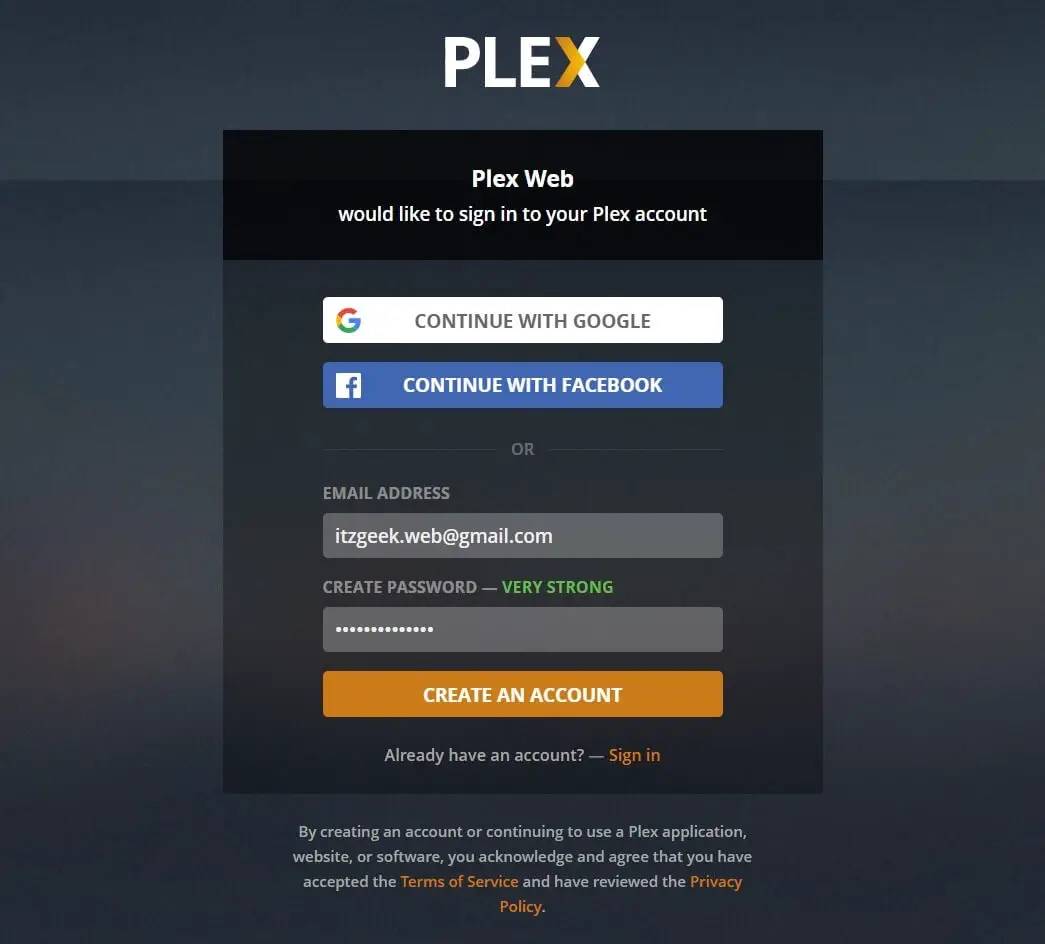
OS installed in my client machine – Linux Mint 17. OS installed in my Linux Media Server – Ubuntu 14.04.1 LTS Server Edition. Hard Drives – 1 80GB Seagate Linux boot-drive & 1 1TB Seagate empty hard drive (To put files into), 3TB Seagate GoFlex (to copy media files from). I’ll just use my native terminal app to SSH my way to the remote machine.įor this guide, you need to get the following info from your remote Linux server, In my case: Linux Version: Ubuntu-based Machine Running Linux Mintįor this version of the guide, I will use my Linux Mint machine to configure my server. We’re going to configure a headless Linux server via command-line so you won’t be needing those. If all is fine, you may detach everything (keyboard, mouse and monitor) except the LAN cable. But both version are similar, this won’t be a headache if whether you’re on Windows or Linux.īefore we start, make sure your Linux media server boots fine and starts all the way until you see the login prompt (black-screen with blinking cursor). So this is going to be a two-version “Howto”, Linux version and Windows version. Steps: Adding Files To Your Headless Linux Media Serverįor this part of the guide, I’m going to show you how you would do it on a Windows-based machine and a Debian-based machine (Ubuntu or Linux Mint). Whenever you’re ready, just read further below to start-off with the guide.  Extra Hard Drive, to load your media files into. Client PC either installed with Windows or Debian-based Linux (Ubuntu or Linux-Mint). A Working LAN connection (GigaLAN is recommended).
Extra Hard Drive, to load your media files into. Client PC either installed with Windows or Debian-based Linux (Ubuntu or Linux-Mint). A Working LAN connection (GigaLAN is recommended). 
You need to get the following things prepared, and make sure that it’s all working, before starting with this guide. If you don’t have a working setup yet, and you’re somewhat clueless on how to set things up, then I suggest that you follow the guide on how to setup a headless server with Ubuntu plus Plex Media Server. If you want to move on with this guide, you should already have a working Linux server, installed with Plex Media Server software and another PC to run our choice of terminal emulator that will serve as our SSH client. So for this guide, both machines (Server and Client) resides within our Local Area Network (LAN) only. The server that we are accessing is our own Linux server within our Local Area Network.

Keep in mind that, though I mentioned Remote it doesn’t mean that the server is from somewhere else outside our LAN.

So the only way to administer or control it is through another machine that has a terminal emulator program, installed.įor this guide, we’re going to use PuTTY.exe (for Windows) or Linux Terminal App (for Linux) to make a remote connection to the headless media server and enter the necessary commands to administer our remote headless server. Headless means no keyboard, mouse and monitor attached to it. This is a step-by-step guide on how to add files to a Linux media server, that is headless.








 0 kommentar(er)
0 kommentar(er)
